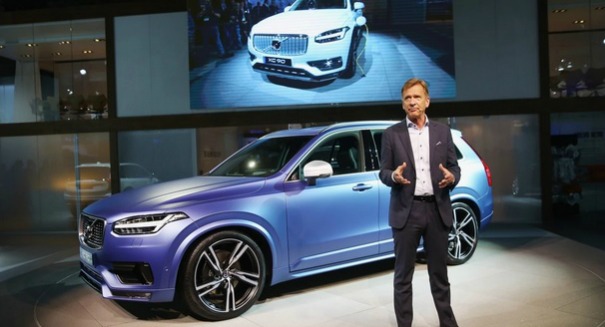
Everyone is talking about self-driving cars but what is the auto industry going to do with them?
Self-driving cars have become all the rage at tech conferences around the world as auto manufacturers rush to get out in front in the market — but how the heck are they supposed to market these things?
That seems to be the dilemma faced by auto manufacturers who seem confused at what exactly consumers want, according to a Washington Post report, which pointed to the confusion in a pair of ads for Infiniti’s new Q50, with one extolling teh virtues of automated technology that can steer and stop on its own, and another ridiculing self-driving technology as taking “the wheel right from your hands.”
And Volvo’s new SUV, the XC90, has technology that allows it to stop at lights and match the steering of other cars. Tesla is putting in its own autopilot features, and Audi, BMW, and Mercedes-Benz are rushing in their own autopilot software to compete.
But what do customers really want? And do customers even know what they want? Do they want cars to take over the driving process or do they still want to be in control?
A recent report indicating that by 2017, cars and trucks will use some sort of driver-assisting technology in great numbers.
People are still leery of self-driving technology, so perhaps the key are these “semi-driverless” upgrades that take some of the decision-making out of the driver’s hands while still giving the driver a feeling of control.
The technology has already come a long way, with cameras, sensors, and greater computing power making it fairly straightforward for companies to create cars that have this self-driving capability.
But surveys have indicated that although Americans are interested in this technology, they don’t like the idea of ceding total control to a computer. However, they are willing to pay for some of the new features — as long as they are still in control for the most part.